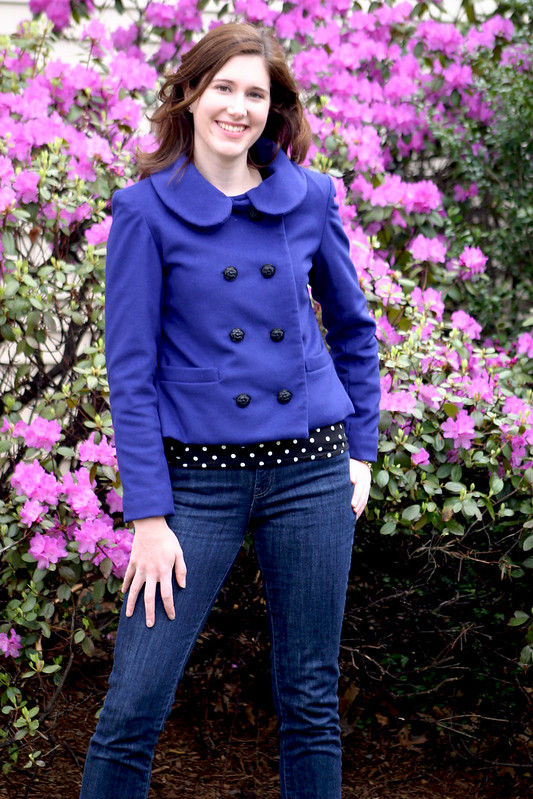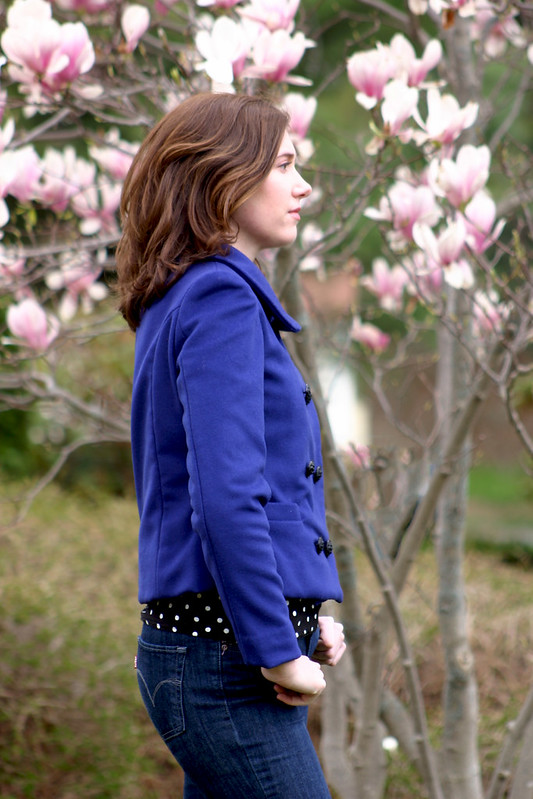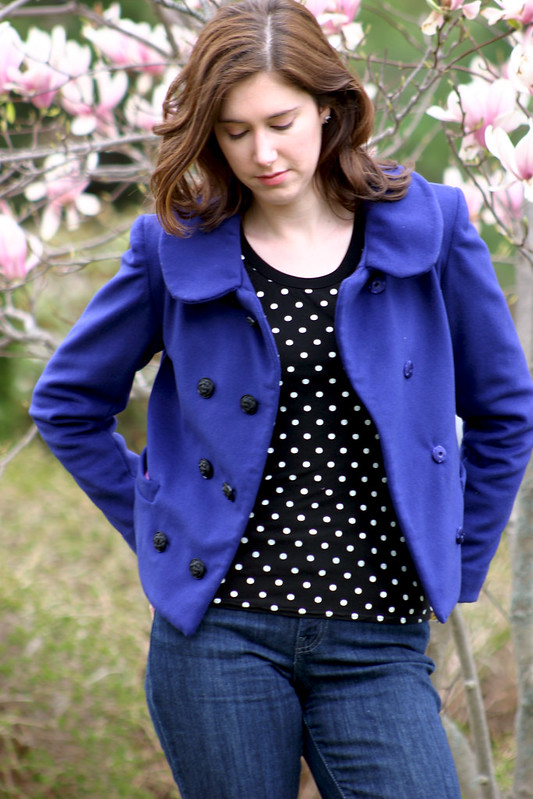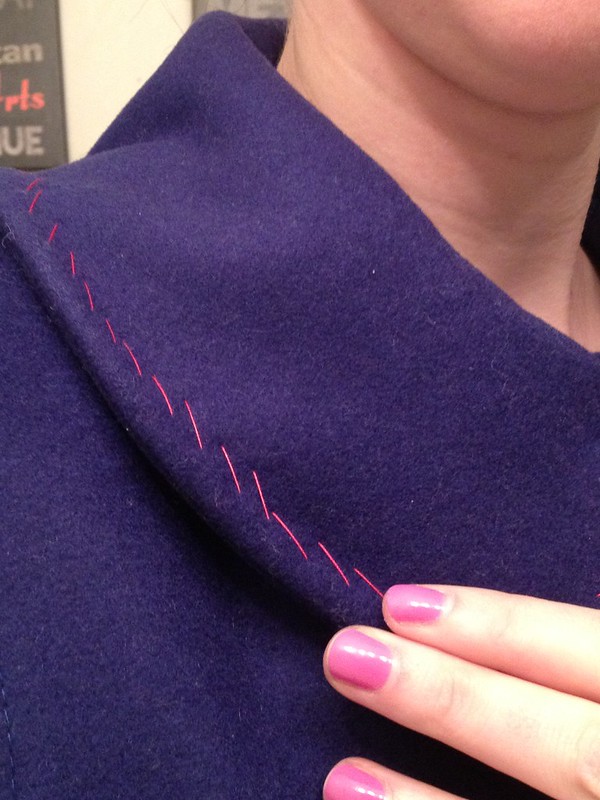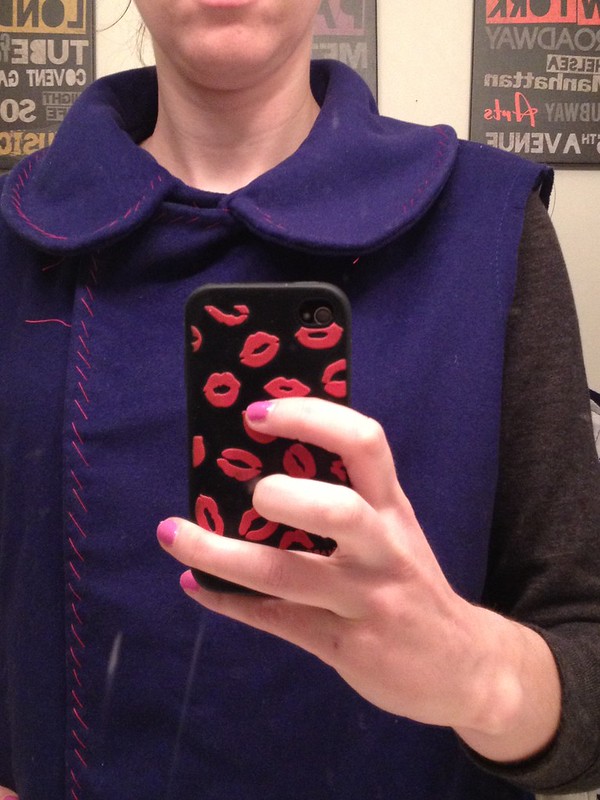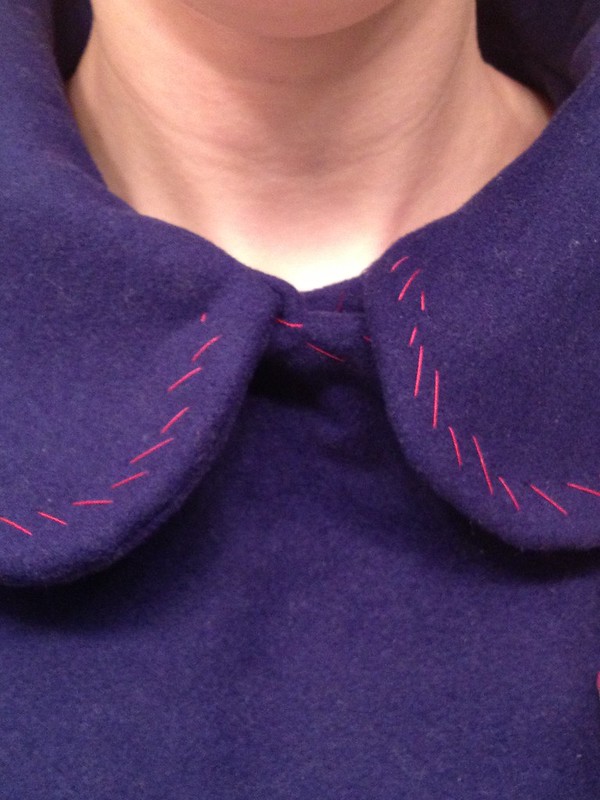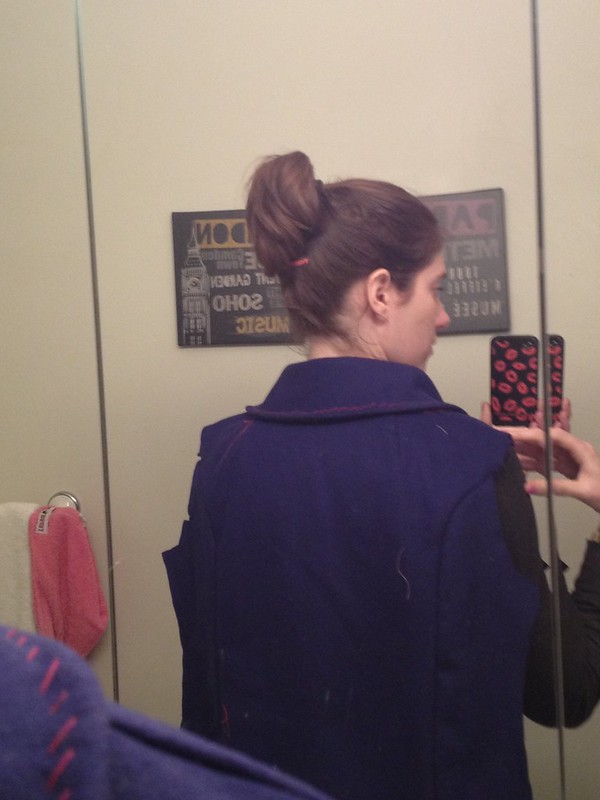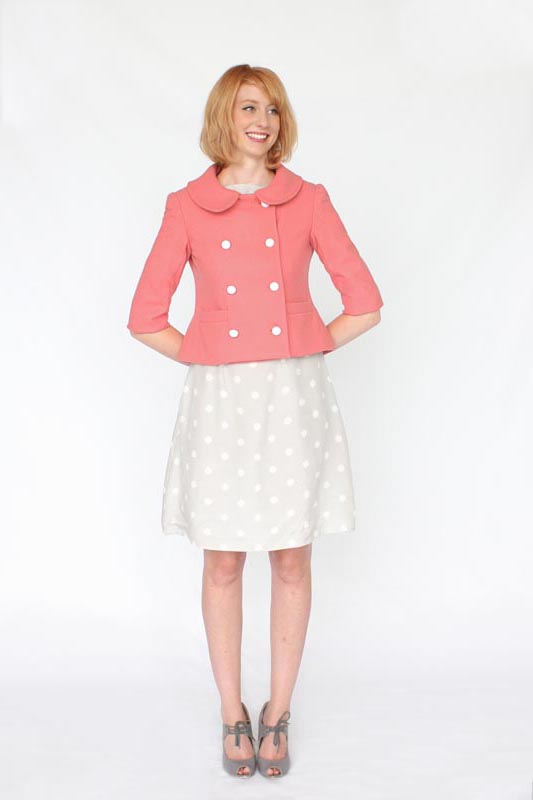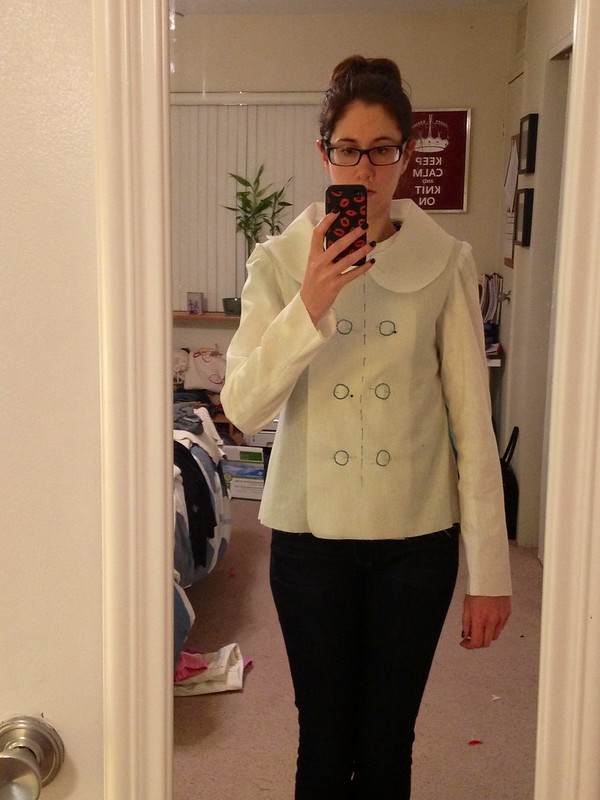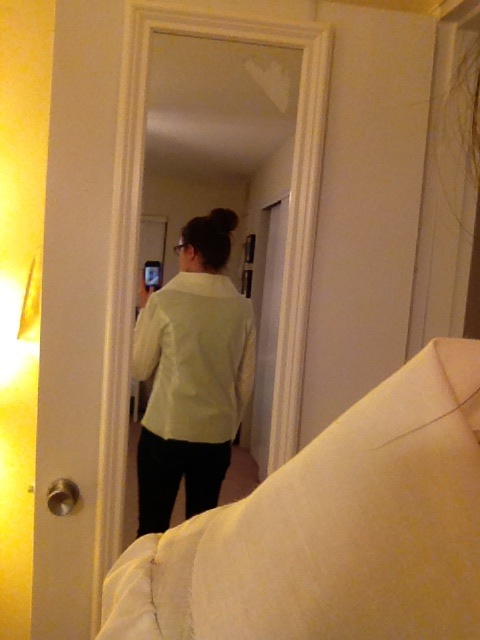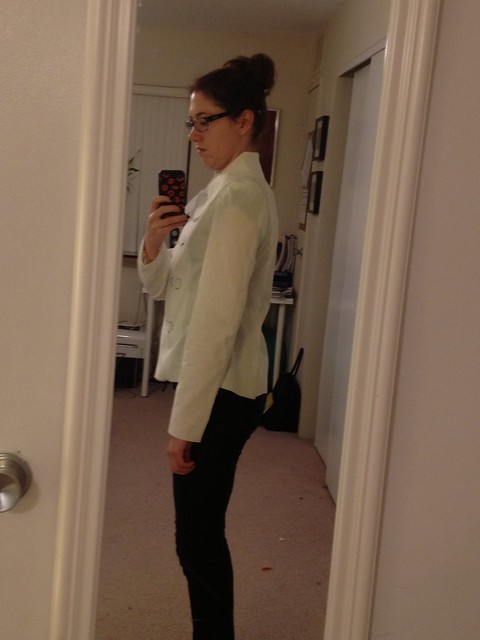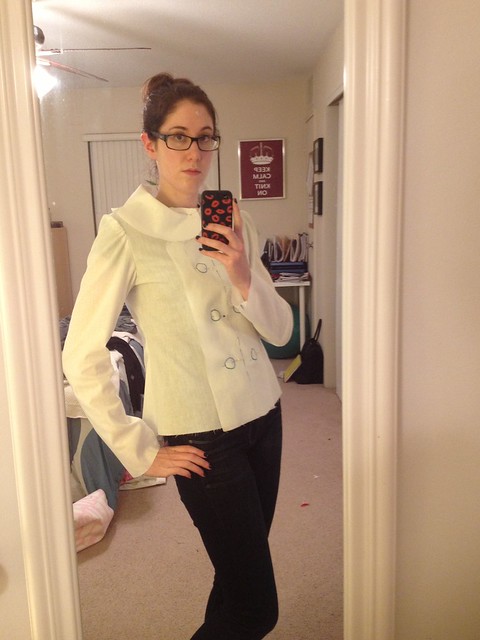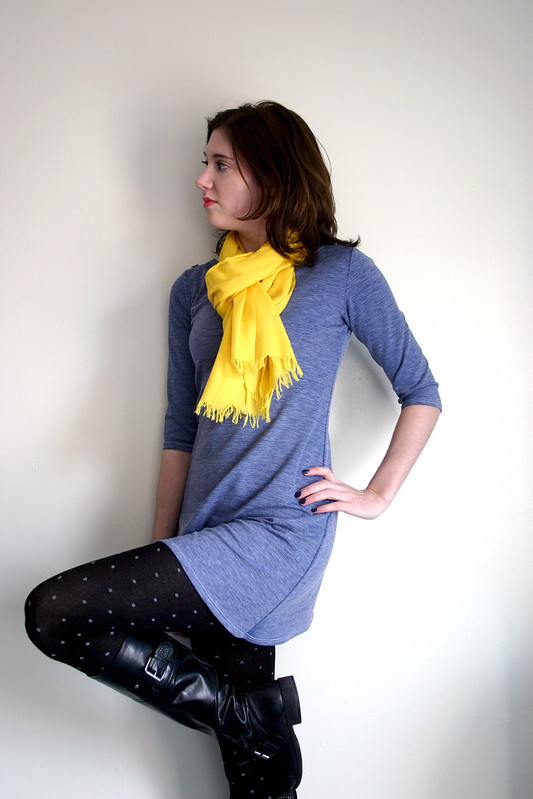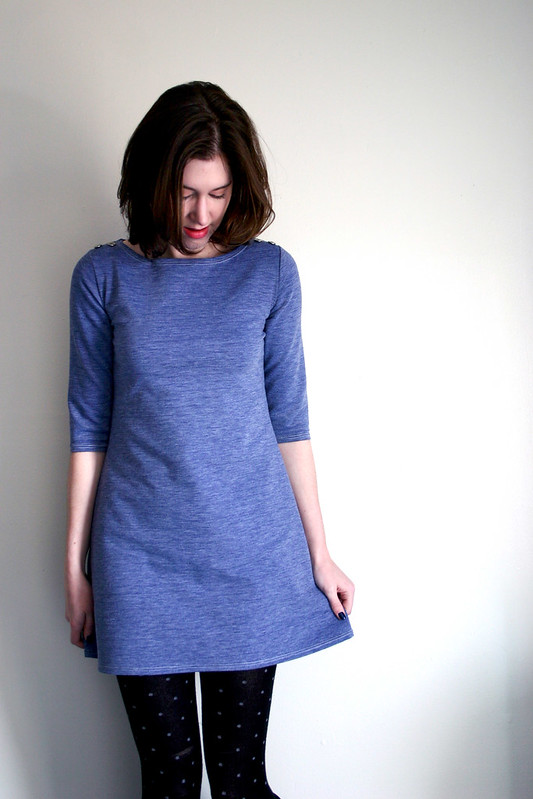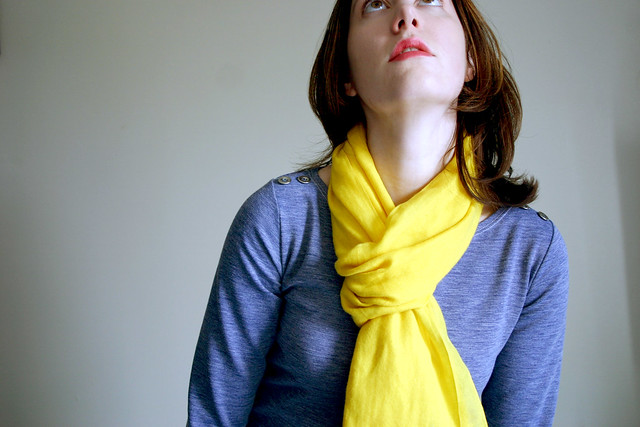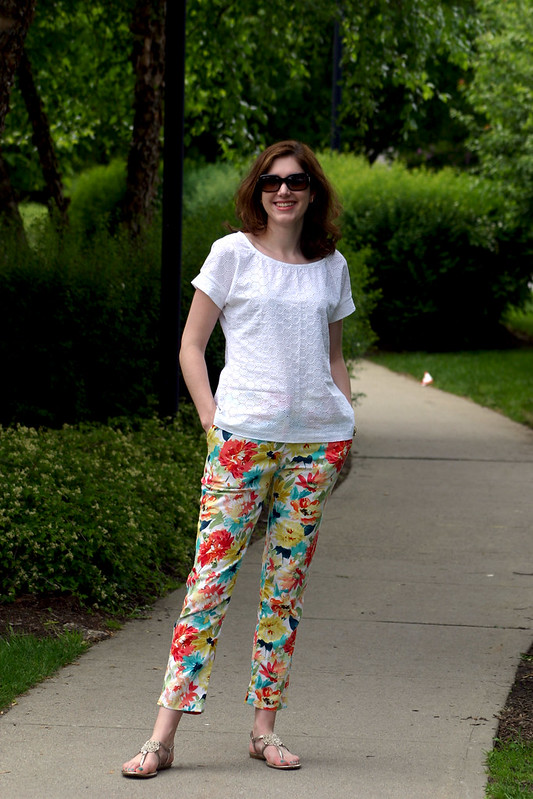
Patterns: Belcarra, Simplicity 1696
Fabrics: top – eyelet from Joann Fabrics; pants – stretch cotton from Metro Textile
Size: top – 6; pants – 10
Sandals: Tahari
Before I share two of my newest makes, I wanted to thank everyone for posting their thoughts on my last post about fast sewing – when it comes down to it, it’s really all about what’s right for each individual sewist, and we should (and do!) applaud each other for our efforts. Imma do what’s right for me from here on out, ya know?
So yeah – I made pants! Floral ones, to boot! The fabric is leftover from the dress I made for my trip to Florida earlier this year and these pants were intended to be a muslin for this pattern, but they ended up being a wearable muslin – even better.
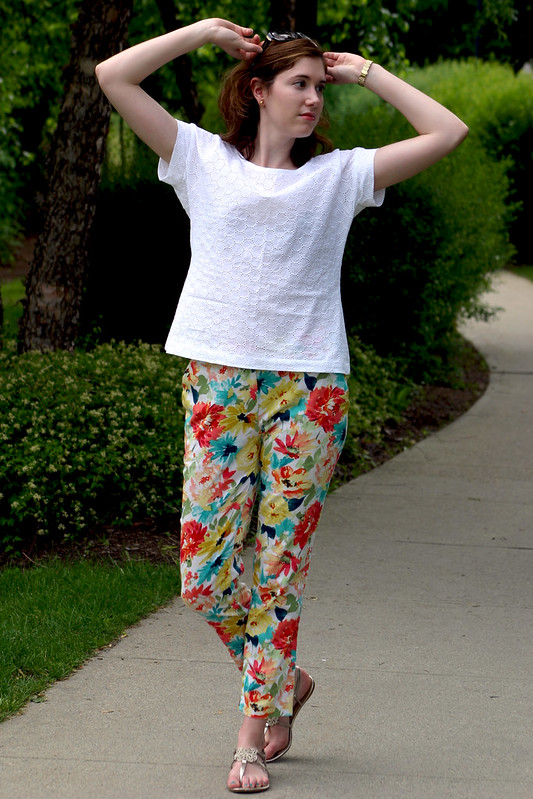
I would say I have the fit about 95% of the way there. I went down a size than I would normally cut out for pants, based off of the way I wanted the pants to fit and to account for the stretch in the fabric. The fact there’s different pant blocks based off of body shape is great too, I used the slim block based off of my measurements and the adjusting I needed to do wasn’t anything major. I took in the inseam quite a bit in the back to get the butt to fit better, and took a small amount in at the front center crotch seam. I think the waist could still use some adjusting.
Here’s my problem with these pants – the longer I wore them, the more they grew!! When I left the house in the morning, they were nice and fitted, a bit loose in the waist. By the time I got to lunch, these pants were huge on me all over – maybe because of my body heat and sitting at my desk all morning? Luckily I had a pair of jeans to change into (I was travelling that day), otherwise I would have needed a safety pin or something to keep these up. I never saw a baggier-butt pair of pants in my life.
Why did this happen with my stretch cotton, oh wise sewists of the sewing blogosphere? I’m planning on making more of these pants in stretch cotton after I tweak the fit a little more. After I washed the pants, they snapped back to normal, but I can’t always change my pants halfway through the day when they stretch out again, hahahaha.
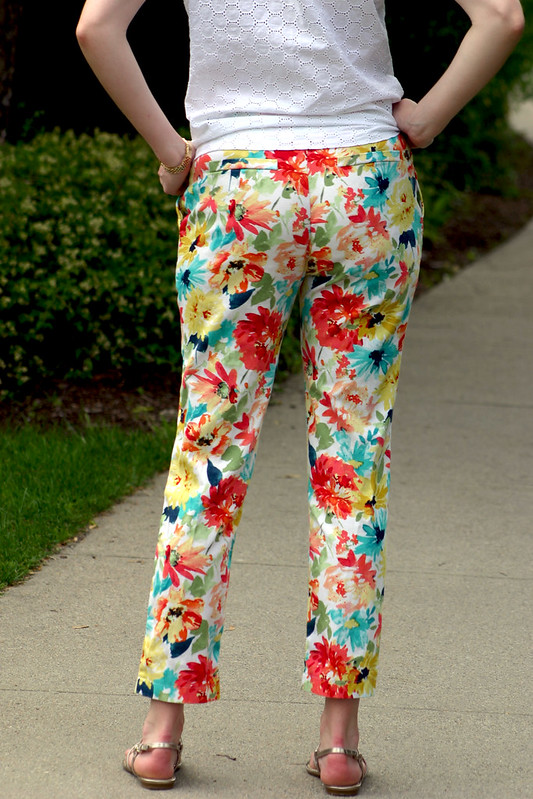
Can I get a “what what” for faux welt pockets?! They’re my new favorite sewing detail. I don’t need real welt pockets in my pants, and I never use my back pant pockets, but I like having the look of a pocket on my backside. They need to be lowered a bit on the next pair, they’re up a bit too high for my liking.
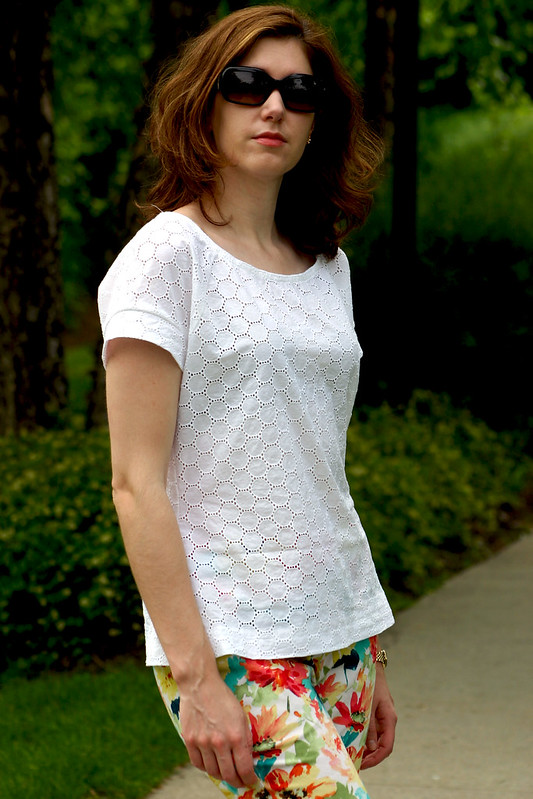
On to Belcarra – this is my go-to summer top this year. It’s a beautifully drafted pattern! The shape is really flattering – I don’t feel like I’m wearing an oversized woven top like some other patterns I made in the past. Raglan sleeves are always a winner with me as well.

Since I made this, I’ve worn it several times already, and I have plans to make a few more with some variations. This top goes together so easily (I think it took me two hours max to cut/sew this?) and can be paired with high waisted skirts, skinny jeans, jackets, you name it – this is a brand new TNT for my sewing pattern arsenal.

